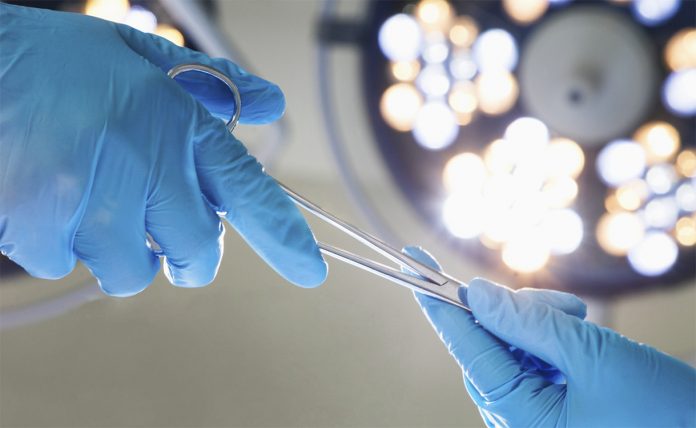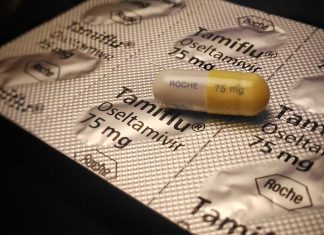
It was believed that as early as 1843, the first hysterectomy was performed in England. In the same year, the use of ether as an anesthetic was also been developed. Not until 1846, was the use of anesthesia during surgery has been established. Given the length of time it has been used in the medical community, hundreds types of surgery have been developed. This is to treat hundreds of kinds of diseases including cancer. Below are several types of surgery for cancer.
TYPES
-
- Curative Surgery. This is considered as the primary treatment to remove a cancerous tumor and prevent its growth on the body. They use this surgery when the tumor is found in a contained area.
- Preventive Surgery. This is performed to eliminate tissues which do not contain cancerous cells but can potentially develop malignant tumor cells.
- Diagnostic Surgery. Used to gather tissue samples from an individual to test and evaluate whether it contains cancerous cells or not. They can identify the type and stage of cancer through a careful diagnosis.
- Staging Surgery. This surgery is performed to discover the scope or the severity of the cancer within the human body. An example of this type of surgery is the use of a viewing tube called a laparascope. This is inserted through a small cut in the body.
- Debulking Surgery. In some situations where removing the cancerous tumor may affect other body organs, Debulking Surgery is used to remove a portion of this tumor to avoid complications. Other treatments are suggested to accompany this such as chemotherapy and radiation.
- Palliative Surgery. Usually, this treatment is used for advanced cancer stages. This is done not to treat cancer but to treat the problems caused by cancer treatment.
- Supportive Surgery. Examples of these is the use of a catheter to help patients undergoing chemotherapy. Similar to palliative surgery, it is not also a cure for cancer but is a complimentary treatment. This is to ensure the curative treatment works effectively.
- Restorative Surgery. This refers to follow-up operations done to reconstruct the body or function of a body part to restore or change it into its natural ability. Example of which is a surgical reconstruction for women who have undergone surgery to treat breast cancer.
Complications During and After Surgeries
Though advanced technologies have made conventional treatments a lower level of risk, complications may always occur especially with surgical treatments. This is why individuals should always weigh their options in choosing the treatment they will adopt to cure cancer. Awareness about cancer and knowing preventive measures may help individuals to avoid and stop cancer development.
During a Surgery
Damage to organs in the body is always a possibility during operations. In cases like these, performing emergency surgery is a must. Hollow organs which were accidentally cut or penetrated by surgical tools may cause a leak, internal bleeding, and infection. Thus, may worsen the condition of the patient. Also, internal organs such as the aorta, broken ribs, gastrointestinal perforation, kidney damage, liver damage, and ruptured spleen are subject to a “no win no fee” compensation claim.
Blood loss can also happen during surgery. However, in certain types of surgery which involves parts of the body such as the liver, blood vessels, muscles and bones, a large amount of blood could be lost. This would eventually lead to the need for blood transfusion. If not addressed properly, blood loss could also cause hypothermia, hemodilution, acidosis, and consumption of clotting factors. These may also lead to a larger complication in the body.
Your body could also adversely react to medications, mainly to anesthesia during the surgery. Though it may happen 1 in 5,000 to 25, 000 people, it could still affect the operation. Most especially, when they cannot identify the symptoms of allergic reactions. It may cause headaches and shortness of breath.
After Surgery
The feeling of pain or discomfort after the surgery is the most common problem an individual could experience. However, if the feeling lasts longer than it should, complications may have occurred within your body. Pain after surgery may be caused by (1) a break in the wound, (2) lung complications, heart problems, or internal bleeding depending on the area of the body in which the surgery has occurred.
A break in the wound could also lead to infection which only occurs with only 3 out of 100 people, on average. Though infections can only be on the surface level (skin), more severe complications may occur. Specifically, when the cut is red and swelling, or fluid is draining out of it. Fever may also occur once the infection gets worse.











